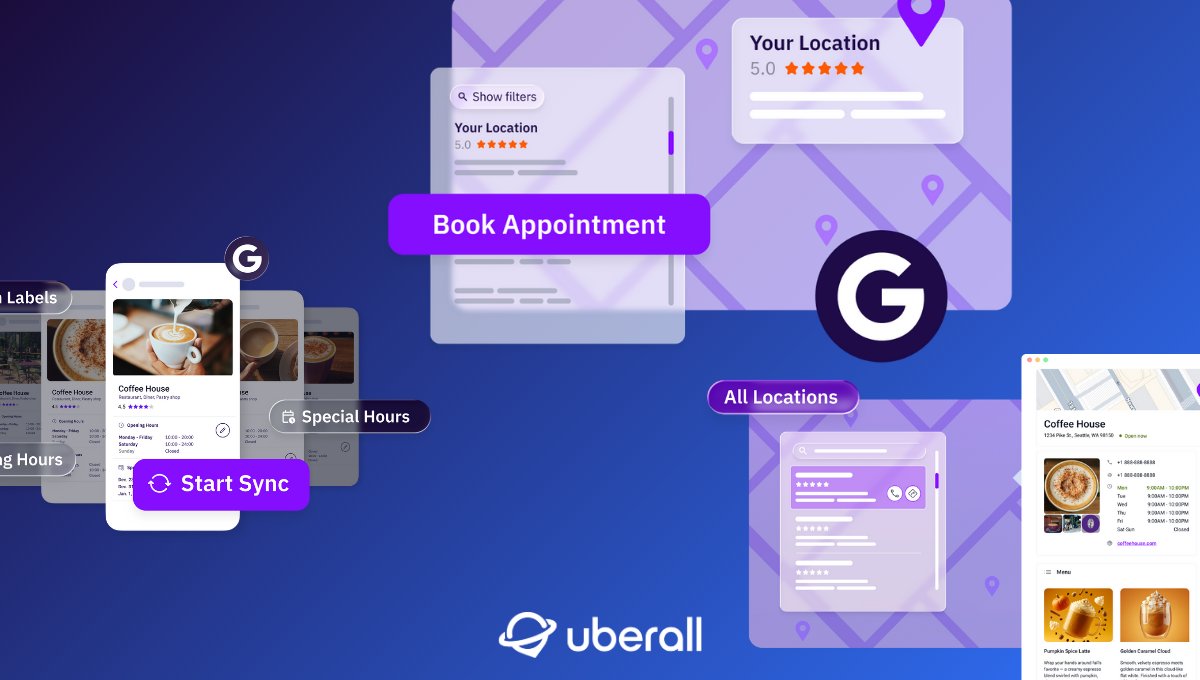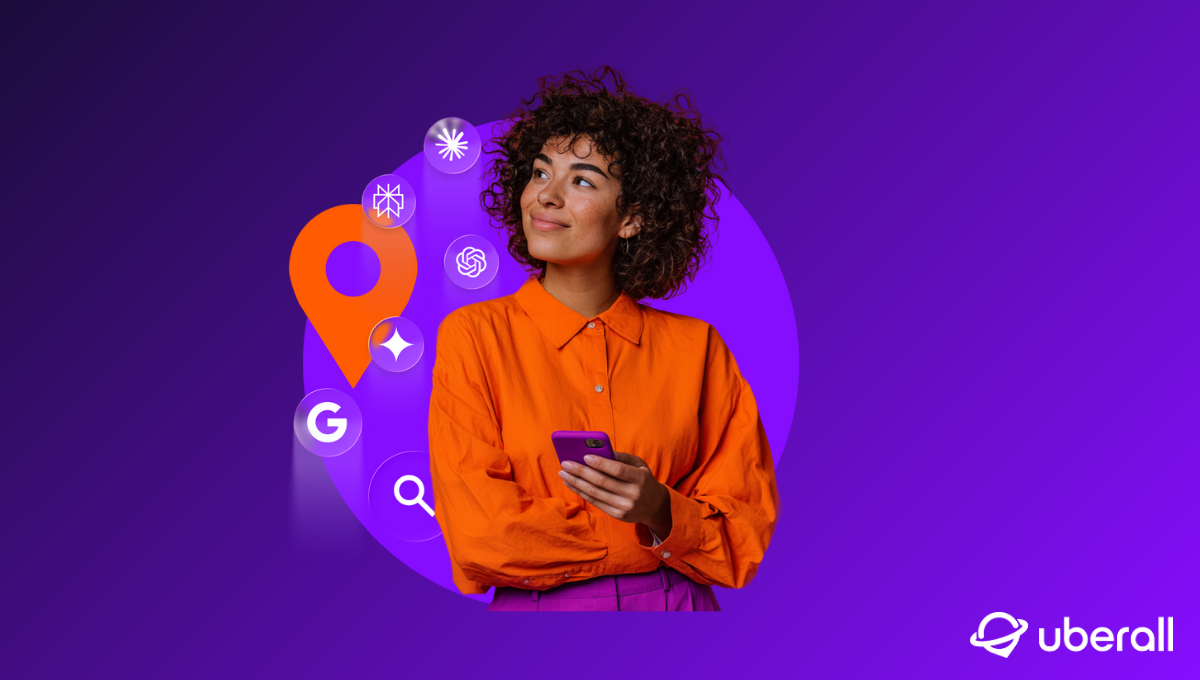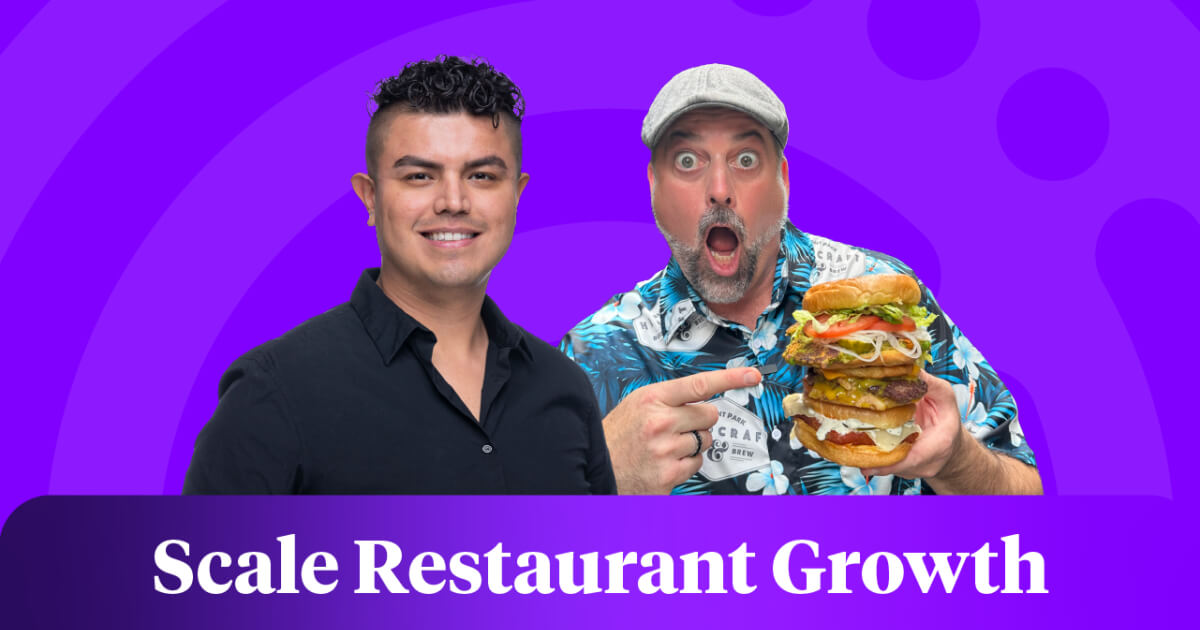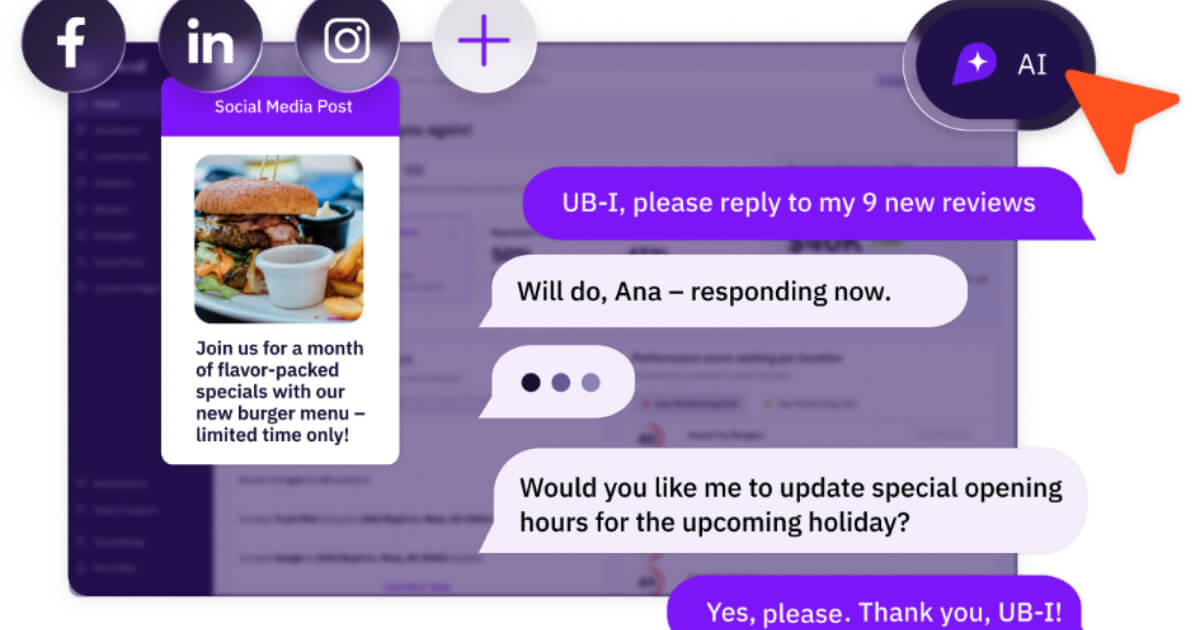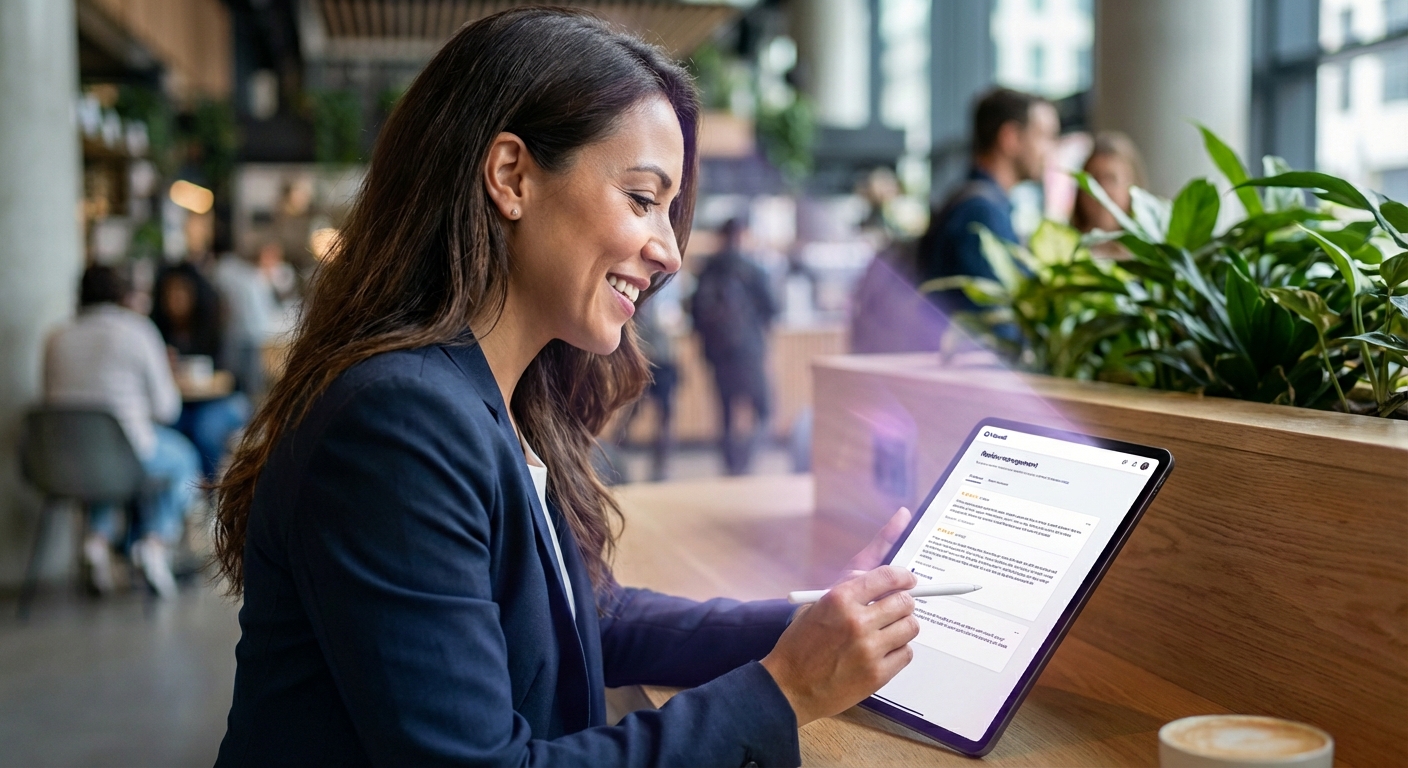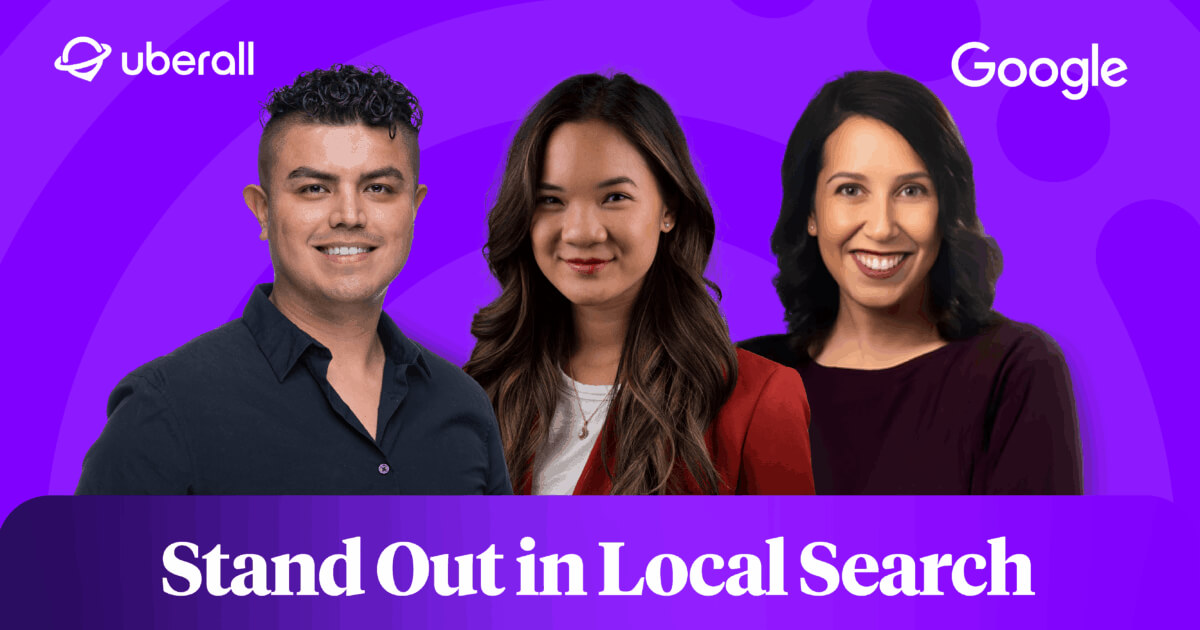
Podcast Pieces: Updates and Opportunities in Google Search
Overlooking the potential of your Google Business Profile? It’s not just you. Our latest podcast episode takes tips straight from the Google team.
It’s no secret that the way people search online has changed. AI is shifting what consumers expect from local discovery, and local businesses are rethinking how they show up in search.
In this Local Marketing Beat podcast episode, our host Christian sits down with Lisa Landsman and Ashley Nhien Do from Google’s Global Business Development team to break down:
- What’s evolving in search
- Why your Google Business Profile (GBP) is more important than ever
- The biggest local search opportunities businesses are still missing
You can find the podcast summary with timestamps on our website.
A Landscape of Longer Queries
Ashley Nhien Do: “There are over two billion daily active users searching on Google every day, and yet 15% of searches have never been searched before, which I think is wild. With AI, people are even searching these complex longer queries like: ‘I’m planning a summer trip to London with two young kids. They love science and nature — what’s a four-day itinerary with a mix of city and countryside things to do. Give me restaurants, places to stay, local sites, etc.’ It’s an extremely complex type of query.”
This evolution is reshaping what it means to show up in search. AI-powered features like Google’s AI Overviews pull in structured and unstructured data — from business profiles to reviews to product menus — and surface it in summarized answers at the top of the results page. In many cases, users may never even click through to a website. Google’s models are getting better at understanding the intent behind complex queries.
Lisa explains: “We’re seeing search become more conversational, more contextual, more intelligent, so it’s not just about keywords and proximity anymore (although those things are still important).”
Visibility now means being cited directly in these AI-generated overviews. The quality, structure, and consistency of your data — including product listings, services, and customer reviews — become essential fuel for AI to understand the relevance of your business when users search. It’s no longer just about ranking in the local pack, but about being included in broader, personalized responses that meet highly specific needs.
The Biggest Mistakes and Opportunities with GBP
Ashley Nhien Do: “Make sure you have primary ownership of your profile. Amazing partners and platforms like Uberall help businesses co-manage their online presence, but ultimately businesses should be in the driver’s seat. They should always make sure that they have primary ownership of their profile.”
But ownership alone isn’t enough — keeping your profile fresh is equally critical. Your Google Business Profile (GBP) isn’t static — as Ashley points out: “Your GBP is a living, breathing online storefront that should be updated.” Too many businesses set it and forget it, leaving outdated hours, services, or contact details online for months. Outdated information damages trust and creates friction, especially when a quick update could have kept customers informed.
Sometimes a customer might already know who you are, but for many, GBP is their first impression of your business. As Ashley says: “GBP is ultimately a free online marketing tool; you should fill out every section you can as robustly as you can — it’s worth the time.” It’s a powerful opportunity to show what you offer. That means going beyond the basics: sharing posts, listing offerings (like menus, services, or pricing), and showcasing customer testimonials, including short-form video. The more information you provide, the more likely you are to show up in search, especially as people use longer, intent-rich queries to find what they need.
Google also constantly introduces new GBP features — from secondary business categories to attributes like LGBTQ+-owned — that help businesses reflect evolving customer expectations and improve discovery.
At scale, this becomes more complex. For brands managing dozens or hundreds of locations, maintaining consistency across platforms is both a challenge and an opportunity. Updating content directly on Google is doable for a handful of profiles — but for enterprise brands, leading platforms like Uberall make that process scalable and consistent.
GBP: The Place to Be
Ashley Nhien Do: “A lot of businesses don't know that they can post directly to Google and those posts get highlighted in a variety of ways now from Google and social media are being featured in a variety of ways across Google Search and Maps.”
Businesses should do two things: first, link their social media handles (like Instagram) to their GBP — a set-it-and-forget-it move that ensures social content can be pulled in automatically. Second, and even more important, is to post directly to Google on a regular basis. Events, deals, and limited-time offers shared this way can entice both new and returning customers to visit.
Linking social media handles to GBP enables automatic syncing of posts — so if businesses have published a special or promotion on Instagram, Facebook, or X, Google can now pull that content directly into your profile. But, as Ashley emphasized, posting natively on Google is still the most efficient way to get updates live quickly.
Alongside publishing content, it’s equally important to track how it performs. The GBP dashboard includes a free performance and insights section, which helps businesses understand customer behavior. For example, you can see how people are finding you (what they searched for, and whether it was a direct or discovery search), and what actions they took — like calling your business, clicking for directions, or visiting your website. These are valuable signals of real-world intent.
Lisa explains, “Make sure you’re setting clear KPIs defining what that success looks like for you — foot traffic, leads, online bookings, brand awareness. Measurement is not a one-time task; it’s a continuous cycle, so analyze things over time, whether it’s month over month, quarter over quarter, taking into account seasonality to understand the impact of changes.” Business can – and should – experiment with different content: offers, photos, videos, etc. using insights to figure out what drives greater business impact.
Ready to Transform Your Business?
Connect with our partnership team to learn how Uberall can help you achieve similar results. Get a personalized consultation and discover the opportunities waiting for your business.
Resources




